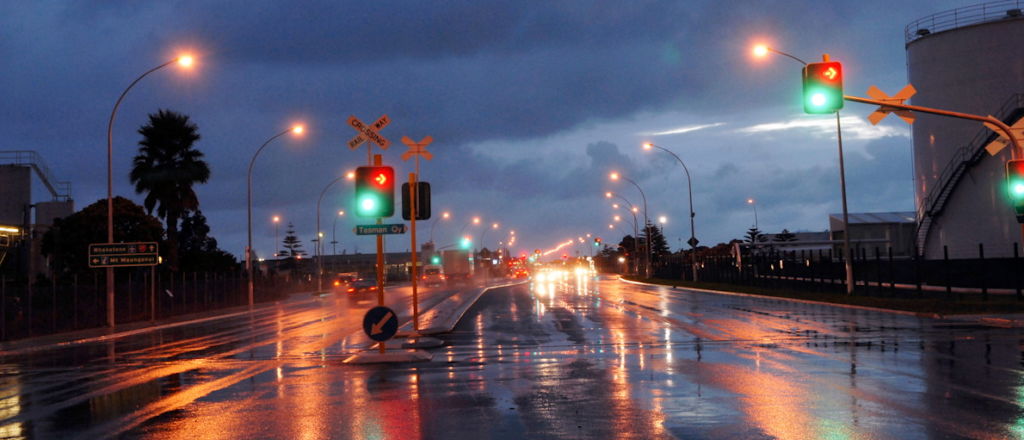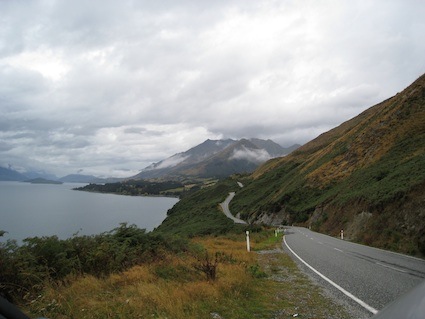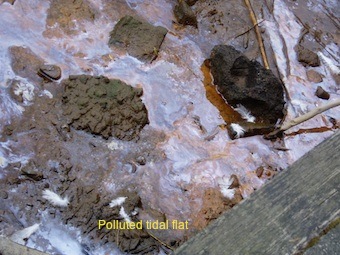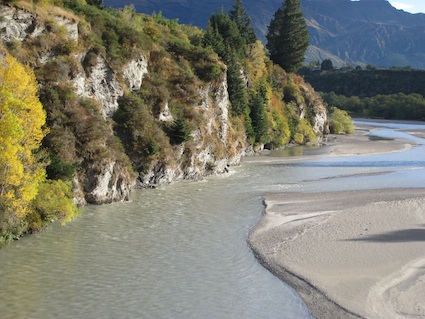
Introduction
Sediment and contaminants from road run-off enter stormwater systems and have deleterious effects on aquatic and marine receiving environments. This was identified as a serious issue for road asset managers from the inception of the RCA Forum. The Stormwater Group was established in 1996 to identify and promote practical solutions to stormwater and road run-off management, by coordinating stormwater knowledge and making it available to practitioners.

 The Stormwater Group has supported, steered and received the benefit of a very extensive literature of local research and developed a toolkit of resources to assist practitioners to respond to the range of issues surrounding stormwater and road run-off. As a result of the research done here and internationally, it has become clear that the threshold for measurable effects on receiving environments from contaminants derived from the use of roads is higher than the traffic levels on almost any road in New Zealand.
The Stormwater Group has supported, steered and received the benefit of a very extensive literature of local research and developed a toolkit of resources to assist practitioners to respond to the range of issues surrounding stormwater and road run-off. As a result of the research done here and internationally, it has become clear that the threshold for measurable effects on receiving environments from contaminants derived from the use of roads is higher than the traffic levels on almost any road in New Zealand.
While traffic will contribute some contamination, as will the pavement surface, the principal source of contaminants in urban stormwater remains the run-off from properties adjacent to the road into the stormwater systems within the road corridor. Variations in roof and wall materials and in land use alongside any road are usually more certain determinants of heavy metal and hydrocarbon contamination levels in the stormwater from that road than the traffic numbers using it.
It is important for practitioners to be aware of this and to ensure that resources are employed where they will be most effective. The need to address issues of water quality has not diminished.
Note these remarks from Environment Court Judge Thompson:

“The quality of many rivers and lakes … has declined to the point that ecological values are compromised …. It does not answer to say that there is no present need to enhance water quality because the quality of some rivers and waterbodies … is no worse than average figures for similar water elsewhere in the country.
That is an unappealing argument, the logical extension of which would be to say that so long as the natural quality of all of the country’s rivers and lakes deteriorates at more or less the same rate, then we need do nothing to improve any of them. In response to such a view, we simply point to Part 2 of the RMA, and its use of phrases such as … sustaining the potential of natural resources; safeguarding the life-supporting capacity of water; the preservation of the natural character of wetlands, and lakes and rivers; and intrinsic values of ecosystems.
We have little sympathy for the line of argument that we should defer taking decisive action in the field of improving water quality (or, at the very least halting its further decline) …. We … know what is causing [the] decline, and we know how to stop it, and reverse it. To fail to take available and appropriate steps within the terms of the legislation just cited would be inexcusable.”
– from the decision on the Manawatu-Wanganui Regional Council Proposed One Plan Appeals: Decision: Part 5 – Surface Water Quality – Non-Point Source Discharges, 31 August 2012.
The issues for practitioners are clear:
- All land use activities contribute to water quality issues
- All land users in a catchment should contribute to solving the problems of water quality
This is a message that many road asset managers will find still resisted by many people who retain an entrenched view that roads remain the sole source of urban stormwater contamination. These pages attempt to provide the resources needed by practitioners by providing an introduction to stormwater issues, a survey of stormwater research, stormwater guidance material and treatment case studies.

